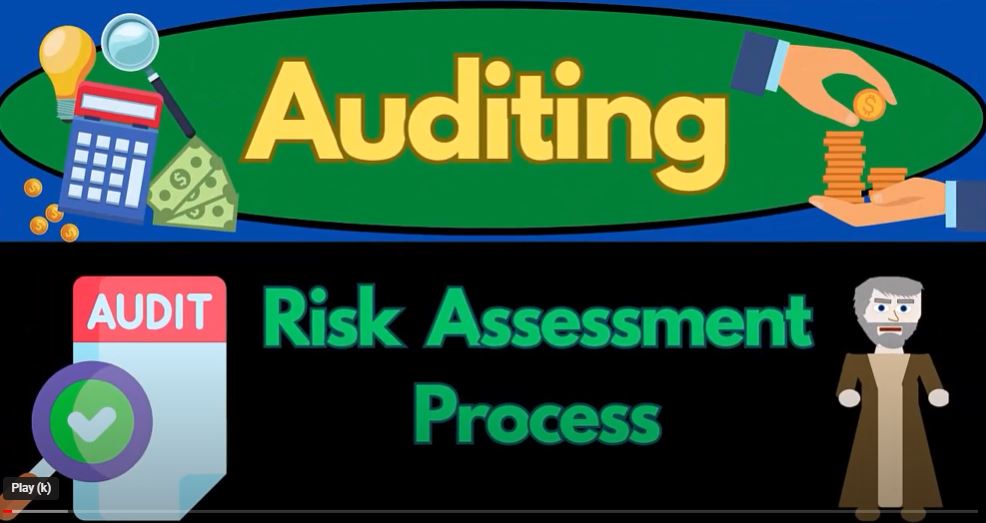In this presentation, we will discuss the risk assessment process, a crucial component of the auditing procedure.
What is the Risk Assessment Process?
The risk assessment process involves performing procedures to obtain an understanding of the entity and its environment. Auditors use this understanding to help identify business risks. This, in turn, helps auditors assess the potential for material misstatements in the financial statements.
Why is the Risk Assessment Process Used?
The primary goal of the risk assessment process is to gain insights into the entity and the environment in which it operates. This understanding allows auditors to:
- Identify Business Risks: Recognize potential threats that could impact the entity’s operations and financial reporting.
- Assess Potential Misstatements: Understand how these risks could lead to misstatements in the financial statements.
- Evaluate Entity Responses: Consider how the entity responds to these risks, aiding in the assessment of material misstatement risks at both the financial statement and assertion levels.
Steps in the Risk Assessment Process
1. Understanding the Entity and its Environment
Auditors perform risk assessment procedures to gather information about the entity’s environment. These procedures include:
- Inquiries of Management and Others: Engaging in conversations with key personnel to gather insights about the organization.
- Analytical Procedures: Using audit data and analytics to assess financial information. These procedures are utilized in various stages of the audit, including:
- Planning Stage: To understand the broader financial landscape and identify areas of potential risk.
- Substantive Testing: To verify financial statement assertions through detailed analysis.
2. Analytical Procedures
Analytical procedures involve:
- Comparing current year data to prior years.
- Analyzing percentage changes and dollar changes.
- Comparing the entity’s performance to industry standards and benchmarks.
3. Considering the Nature of the Entity
Auditors must also consider several factors, including:
- The entity’s industry regulations and external factors.
- The entity’s objectives, strategies, and business risks.
- Performance measures and internal controls.
4. Identifying Business Risks
Auditors aim to identify business risks that could result in material misstatements in the financial statements. This involves:
- Evaluating the Entity’s Risk Assessment Process: Understanding how the entity identifies and responds to risks.
- Obtaining Evidence of Implementation: Ensuring that the entity’s risk responses are effectively implemented and documented.
5. Assessing the Risk of Material Misstatement
Finally, auditors assess the risk of material misstatement at both the financial statement and assertion levels. This comprehensive assessment helps in planning the nature, timing, and extent of audit procedures.
Summary
In summary, the risk assessment process in auditing involves:
- Inquiries of Management and Other Personnel: Gathering information from within and outside the entity.
- Analytical Procedures: Utilizing data analysis during both the planning stage and substantive testing.
- Observation and Inspection: Evaluating the entity’s environment, performance measures, and internal controls.
This process enables auditors to identify and respond to business risks, ultimately ensuring the accuracy and reliability of the financial statements.

